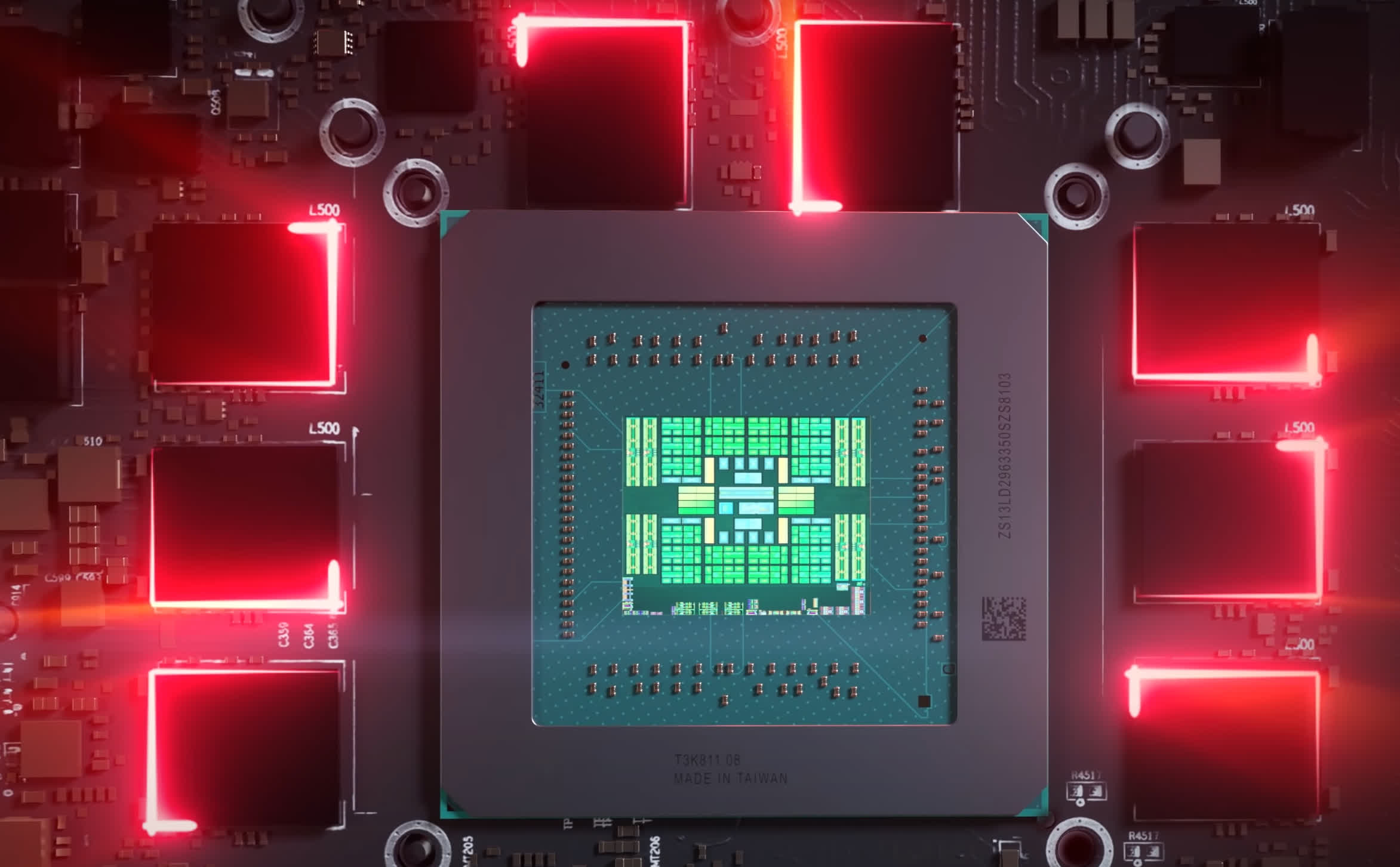Rumor mill: Rumors and leaks over the months have provided a fairly clear picture of Nvidia's upcoming next-generation consumer graphics cards, but that picture has shifted back and forth slightly. The changes likely indicate that the company's plans are in flux, and its final performance gain over the RTX 4090 may still be undecided.
New information regarding the flagship of Nvidia's upcoming Blackwell GPUs, presumably called the RTX 5090, suggests it could see a 60% or 70% performance uplift over the current leader – the RTX 4090. Furthermore, unsurprisingly, none of the RTX 5000 series cards are likely to use their full die.
The performance estimate, which sources relayed to Moore's Law is Dead, aligns with prior rumors indicating a 1.7x performance increase. The gain would resemble the leap from the RTX 3090 to the 4090.

Ultimately, things will depend on how much Nvidia decides to cut the GB202 die for the 5090. Due to the rising prominence of the AI hardware market, which recently sent Nvidia's financials into the stratosphere, the RTX 5000 gaming GPUs will almost certainly see die cuts, but their performance gains over their predecessors will likely vary.
Information surrounding AMD's next-gen graphics card plans indicates the 5090 will face no direct competition in its weight class. Team Red tacitly admitted that its flagship Radeon RX 7900 XTX is closer to the RTX 4080 than the 4090, but the gap between the next AMD lineup and RTX 5000 might be wider, as rumors suggest the former won't include any enthusiast-class products. The situation would give Nvidia free rein when pricing the 5090, which MLID speculates could reach $2,000 (compared to the 4090's $1,600 MSRP).
Blackwell's rumored launch date has previously wobbled between late 2024 and early 2025, but MLID currently maintains a Q4 2024 window. However, it isn't clear which products beyond the 5090 will ship in that timeframe. The majority of the RTX 5000 cards will likely launch throughout 2025.
According to earlier information, the lineup's flagship could feature 50% more cores than the 4090, 52% more memory bandwidth, a 78% L2 cache uplift, and a 15% bump in frequency. Furthermore, it might utilize GDDR7 memory on a 384-bit bus, support DisplayPort 2.1 and PCIe 5.0, and use TSMC's 3nm node process.